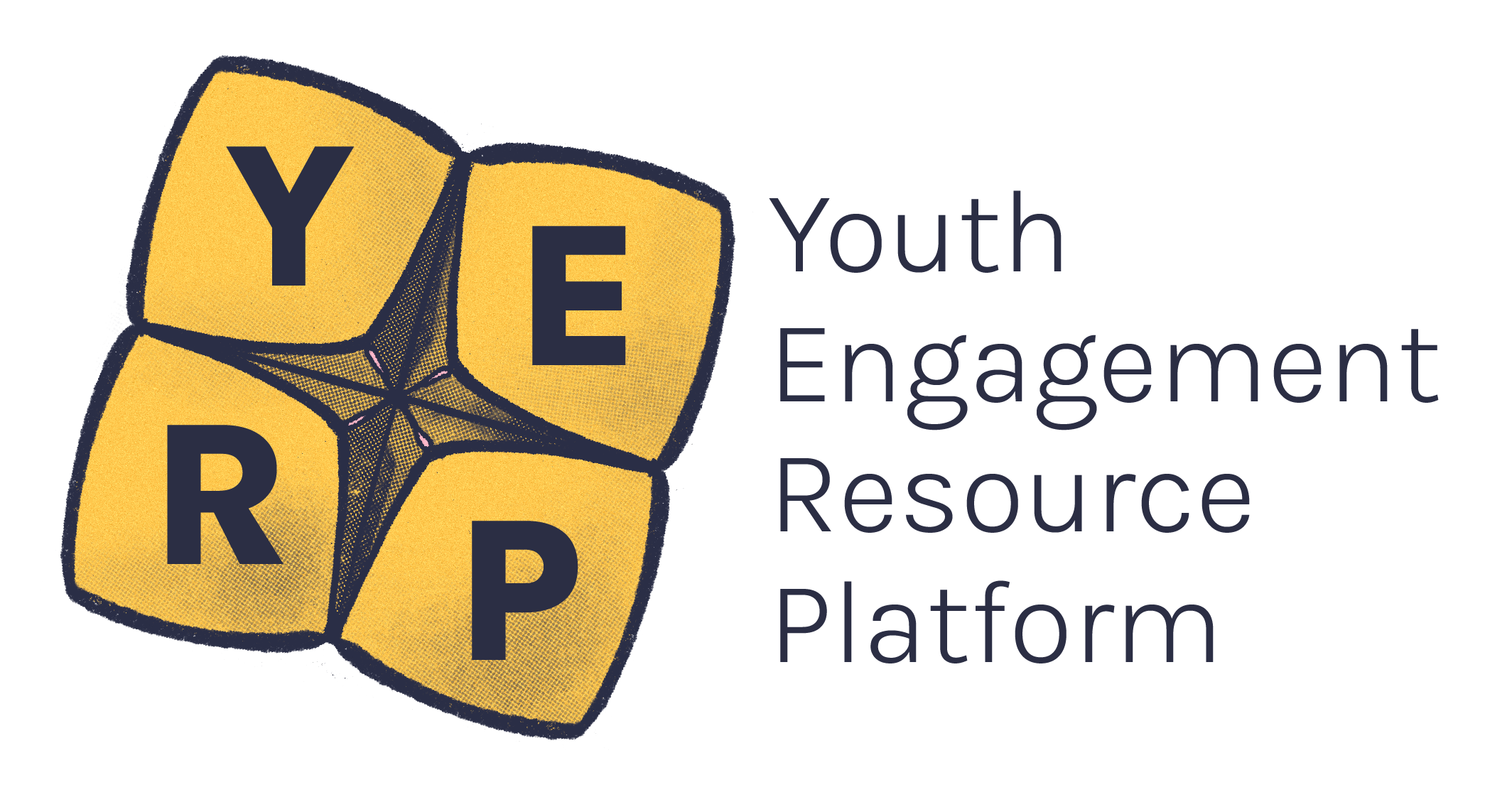It’s Global Accessibility Awareness Day. To celebrate, we wanted to share our tips and tricks for how we make the YDAS Young Leaders Program accessible.
Our Young Leaders Program is a free, online leadership workshop series for disabled young people living in Victoria.
We are currently accepting applications. Click here to apply for the Young Leaders Program.

What’s the point of Global Accessibility Awareness Day?
There are over a billion disabled people living on our planet. It’s important that we focus on access and inclusion, because poorly designed buildings and websites can prevent disabled people from going about day-to-day life.
The way we think and treat others can be inaccessible, too, so it’s good to reflect on access and inclusion. Global Accessibility Awareness Day is a great day to do this.
Global Accessibility Awareness Day focuses a lot on digital accessibility. Digital accessibility includes all the ways we use computers or the internet, like adding alt text to images on websites, including captions on videos, and using high contrast text.
We don’t claim to know everything there is to know about accessibility. And we don’t always make things perfectly accessible. There is always more to learn about access and inclusion, but that’s part of the journey.

How we embrace accessible attitudes
One thing that helps in embracing accessible and inclusive attitudes is being willing and open to learn, adjust, and be flexible. When we find out about ways we could be doing things better, we try our best to make changes to how we do things.
We may not always get everything right with accessibility, but a positive and open approach means our leaders feel like they can tell us when we do things wrong.
Accessibility is such a broad topic. To make sure we were doing the best we could for our disabled young leaders, we used co-design to create the Young Leaders Program.
Co-design is when you create programs alongside the people who the program is for. This gave disabled young leaders the opportunity to let us know what would work well for them.
How we make our online platforms accessible
Co-design informed our online workshops. Getting input from our co-designers meant we knew that Zoom would work well for the program.
We also found out the best ways to include Auslan interpreters on screen and provide captions for our leaders who find them helpful in following conversations. We use digital accessibility best practice.
This also applies to our website. The YDAS website is WCAG compliant. This means that we are following the Web Content Accessibility Guidelines. Some people don’t know that WCAG exists.
It can be difficult to shift to an entirely accessible website if you don’t already have one, but making small changes slowly is a good way to start.

How we make our communications accessible
We all communicate in different ways. It’s great that we have such good technology now. Our technology allows us to call, send videos, use video calls, text, send voice messages, send emails, and use voice-to-text and text-to-voice tools. We ask our leaders to let us know what the best, most accessible way for them to communicate.
This means some leaders apply for our program with recorded videos, by phone call, or however suits them best. We also make sure our leaders can use the most accessible way to communicate during the program.
What step can you take today towards better access and inclusion?
On Global Accessibility Awareness Day, we want to challenge you to take one step towards a more accessible and inclusive future. Think about one thing you can do, or one way you can challenge yourself to have a more inclusive attitude.
Applications are currently open for our upcoming Young Leaders Program. Click here to apply for the Young Leaders Program.




